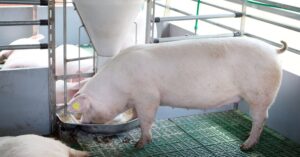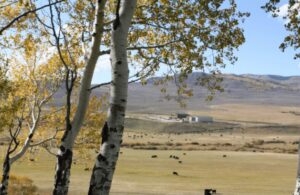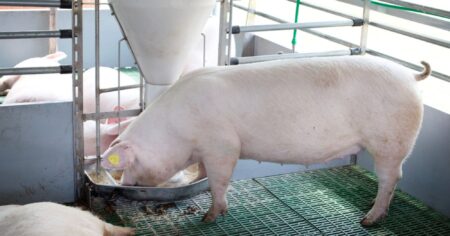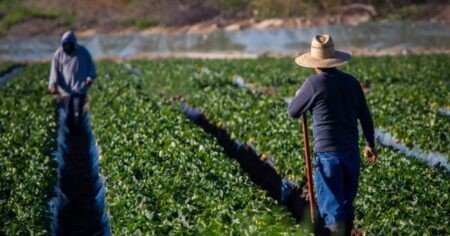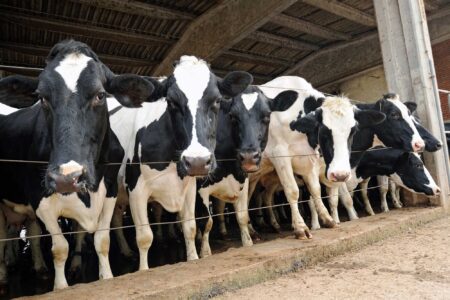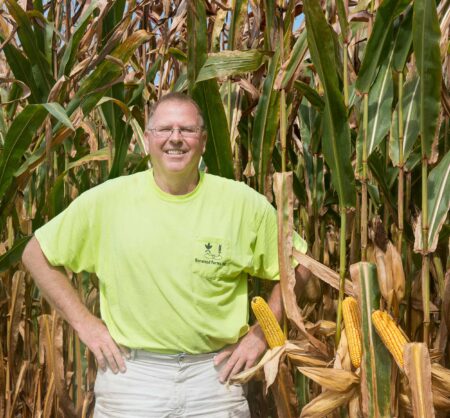The U.S. Drought Monitor issued another report showing the expansion of drought conditions due to scant rainfall across the Midwest, Southeast, and Northeast regions. Extreme drought was introduced near the confluence of the Mississippi and Ohio Rivers, as well as eastern Ohio and portions of West Virginia along with drought expansion across portions of Texas, Oklahoma, and the eastern Plains.
One-category improvements occurred in localized areas in western Texas northward through western Nebraska. Along the Rockies, above-average precipitation yielded fairly widespread 1-category improvements. Northern California and the Intermountain West received above-normal rainfall, resulting in modest 1-category improvements, according to the U.S. Drought Monitor.
Midwest
Generally wet conditions were observed across the upper Midwest, including Minnesota, Wisconsin, Michigan’s upper peninsula, and northern Iowa. These conditions resulted in 1-category improvements across northern Minnesota and Michigan, while abnormal dryness expanded across western Minnesota.
Jared Goplen, Wyffels agronomy manager in northwest Iowa, southern Minnesota, and eastern South Dakota, experienced a mix of weather conditions the last week.
“There were a few areas of very isolated frost last weekend with the cold temperatures, but since then we’ve warmed back up and had nice weather for the most part with some isolated showers,” said Goplen.
Moderate-to-severe drought expanded to cover much of southern Illinois, Indiana, and Ohio, with a small area of extreme drought developing in far eastern Ohio.
Phil Krieg, agronomy service representative based in Illinois for Syngenta Crop Protection, expressed concerns about the worsening drought.
“Unless we receive good rains, the drought will impact the winter wheat plantings throughout the region,” said Krieg. “There is no available moisture for germination. The drought is also having a major impact on alfalfa hay fields. Our last significant rain was July 22.”
Illinois Wyffels agronomy manager, Ryan Gentle, also has concerns about the extremely dry and hot weather his region has been experiencing.
“Some areas reached 100°F over the weekend,” said Gentle. “Crops are maturing rapidly!”
High Plains
There was widespread rainfall in western Kansas, Nebraska, western South Dakota, and North Dakota which resulted in modest reductions of abnormal dryness and moderate drought across western Kansas and central Nebraska.
“Nebraska has seen some good heat for this time of September,” said Travis Gustafson, agronomy service representative for Syngenta Crop Protection. “We have needed some heat to move the crops along toward maturity, so the heat was welcome. However, we are looking at more seasonal temperatures as we move through the week of Sept. 15.”
Drier conditions and warm temperatures prevailed across portions of eastern Kansas and northeastern Nebraska, with some expansion of abnormal dryness.
Colorado and Wyoming experienced widespread precipitation across the mountainous regions. There was drought relief across northwestern Wyoming and much of western Colorado, including reductions in coverage of extreme to severe drought conditions.



